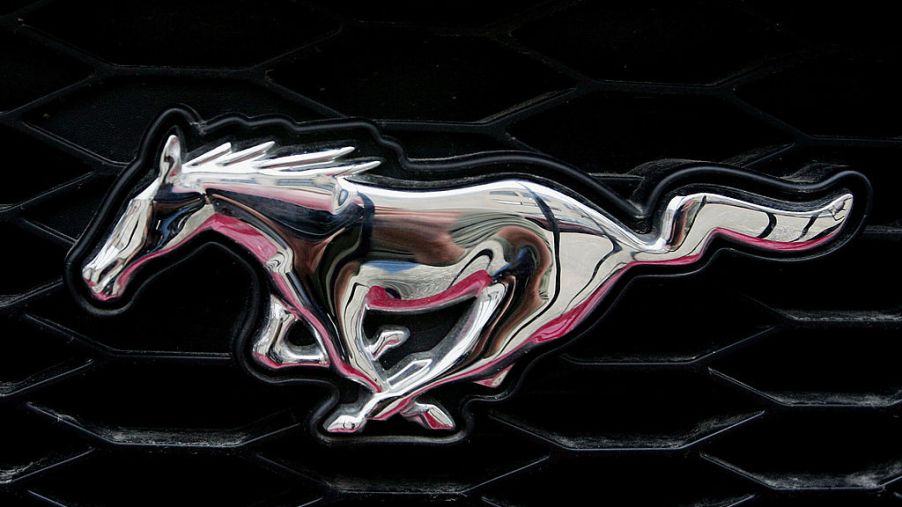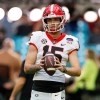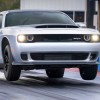
What Are the Worst Model Years for Mustang?
Powerful. Beautiful. Iconic. The Ford Mustang commands all of these accolades and more. America’s favorite pony car has undergone a number of transformations since that fateful day in 1964. But like any beauty queen that has a history of plastic surgery, it ain’t all pretty.
Thanks to autoevolution.com, we’ll revisit some of the most egregious mistakes to ever darken the door of your local Ford dealer, and see just what kind of glue factory candidates have been sired by this champion thoroughbred.
1974 Mustang Mach 1
The Mach 1 was off to a raging start in 1969. Ford offered several sporty variations of the Mustang, including the GT, Boss 302, and Shelby GT500. The first generation Mach 1’s were shipped with a 351 cubic inch V-8 standard, with options available all the way up to the famed 428 Super Cobra Jet. However, in 1974, things took a turn for the worse.
The ’74 Mach 1 came standard with an improbable 2.8 liter V-6, which is dwarfed today by virtually every minivan on the streets. The weak-kneed power plant would limp its way to a stomach-turning 105 hp, outperforming only bumper cars at county fairs nationwide.
In 1975 Ford issued a pathetic apology in the form of an available 302 cubic inch Windsor V-8, rated at an uninspiring 140 hp. The upside of this model was the presence of a stick shift, giving frustrated Mach 1 owners something to slam around while enduring the interminable 13.5-second crawl to 60 mph.
1969 Mustang E
The Mustang E was, thankfully, not a full-on attempt by Ford to convert the fabled line into a new breed of gas-sipping green machines. The E stands for economy.
Ford produced this variation of the Mustang to compete in the MobilGas Economy Run, an annual ‘race’ from Los Angeles to Kansas City, Missouri. Basically a fuel-efficiency competition sponsored by Mobil and heavily advertised by the major manufacturers, cars would drive the 1900 mile course with special fuel containers to measure usage in order to determine the model with the best fuel economy. It was probably one of the ugliest manifestations of the ’70’s oil crisis: muscle cars trying to be fuel-efficient.
The Mustang E was offered with a 4.1 liter inline six, rated at 155 hp. That’s it. At the back, 2.33:1 gears made sure that no matter how much you floored it you were absolutely not, under any circumstances, going to have fun in this car.
The plus side? Only 50 were ever produced, so they’re very likely near complete extinction. If you ever see one, run the other way. Don’t worry, it won’t catch you.
Mustang V-6
Do we really need to say anymore? Sure, not every V-6 is bad inherently. As a matter of fact, some of them can be downright fun to drive. But this isn’t about making fun cars, Mustang is about making champions.
While a V-6 Mustang is always objectively better than say, walking, it doesn’t really garner much more praise than that. After all, even the four-cylinder SVO models had a turbocharger, 200 hp, and a factory Hurst shifter. V-6 Mustangs are a perennial second-best, a close but no cigar, going-through-the-motions kind of sports car.
So yes, Mustang fans, it hasn’t always been pretty over the decades, but not every idea can be a winner. Car designers are human just like us, and sometimes they make mistakes. Truly, we live in the golden age of muscle cars today, where both incredible performance and decent fuel economy can be found in cars like the Mustang. Even at every-man prices, and that’s something to be excited about.


